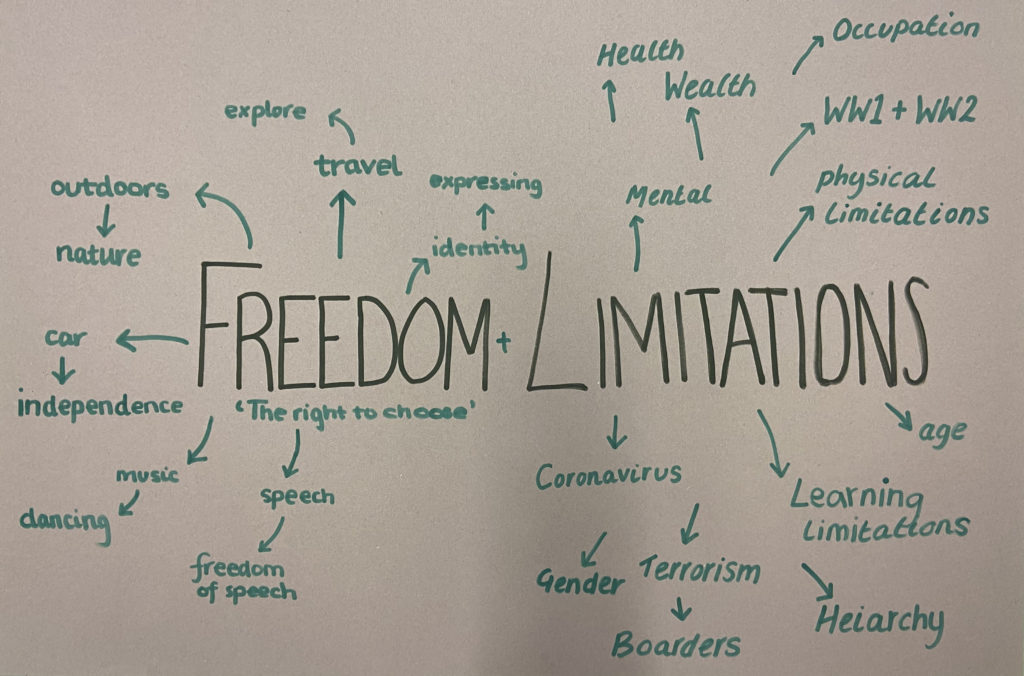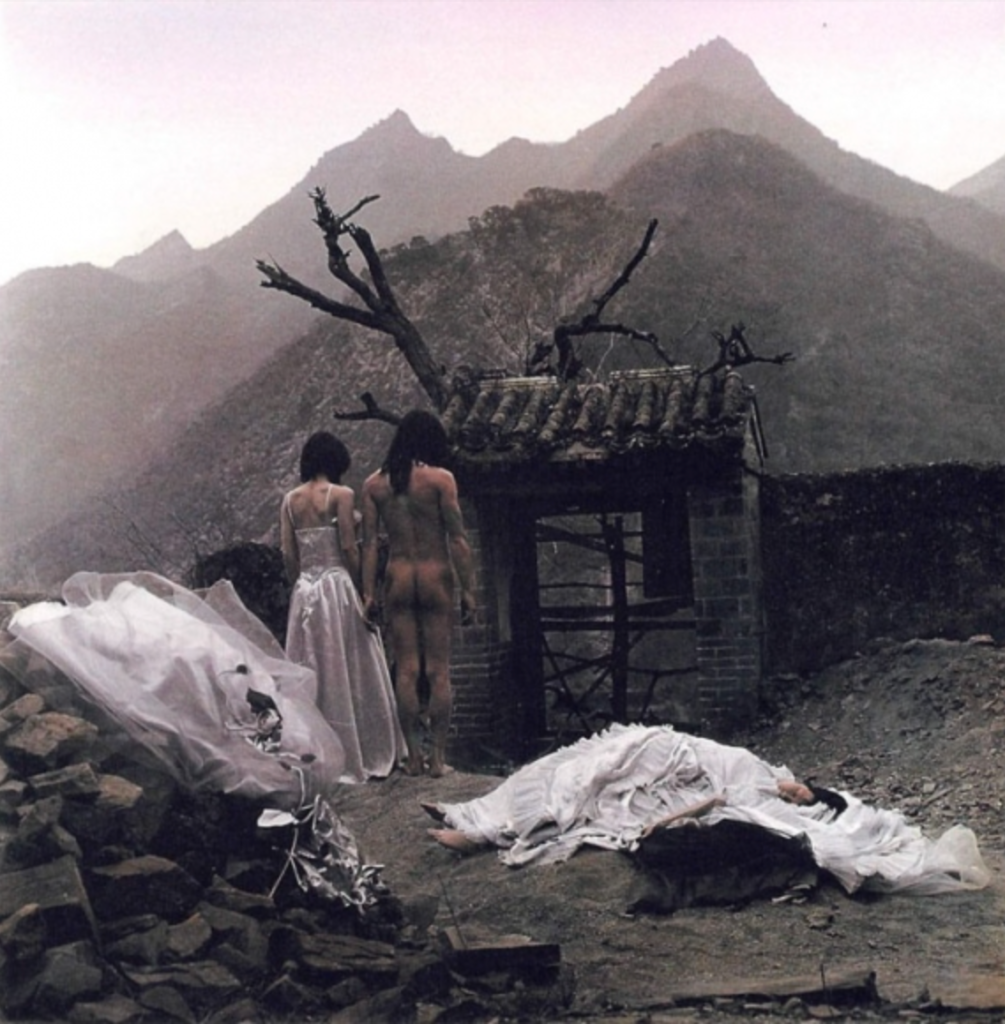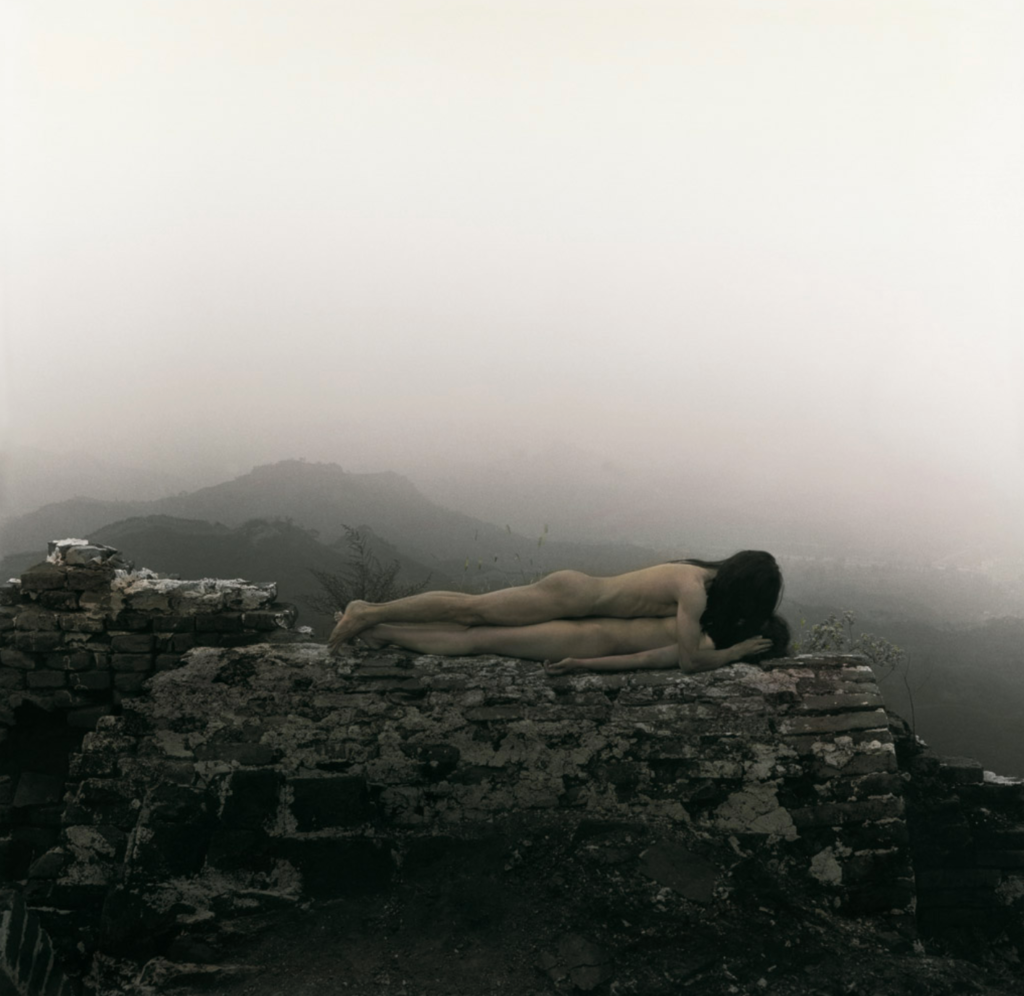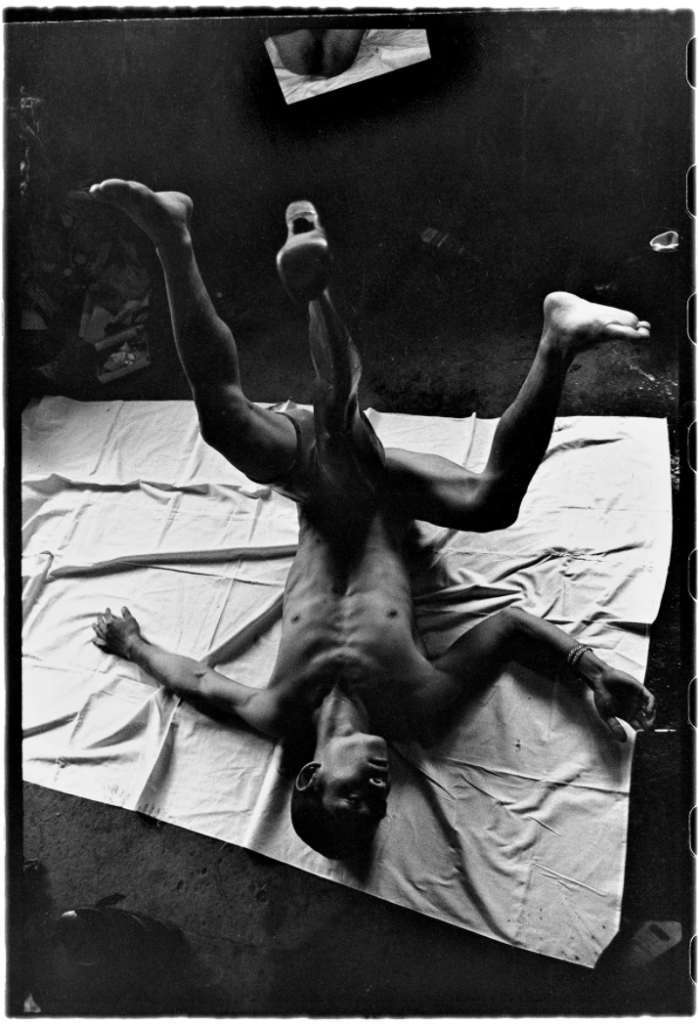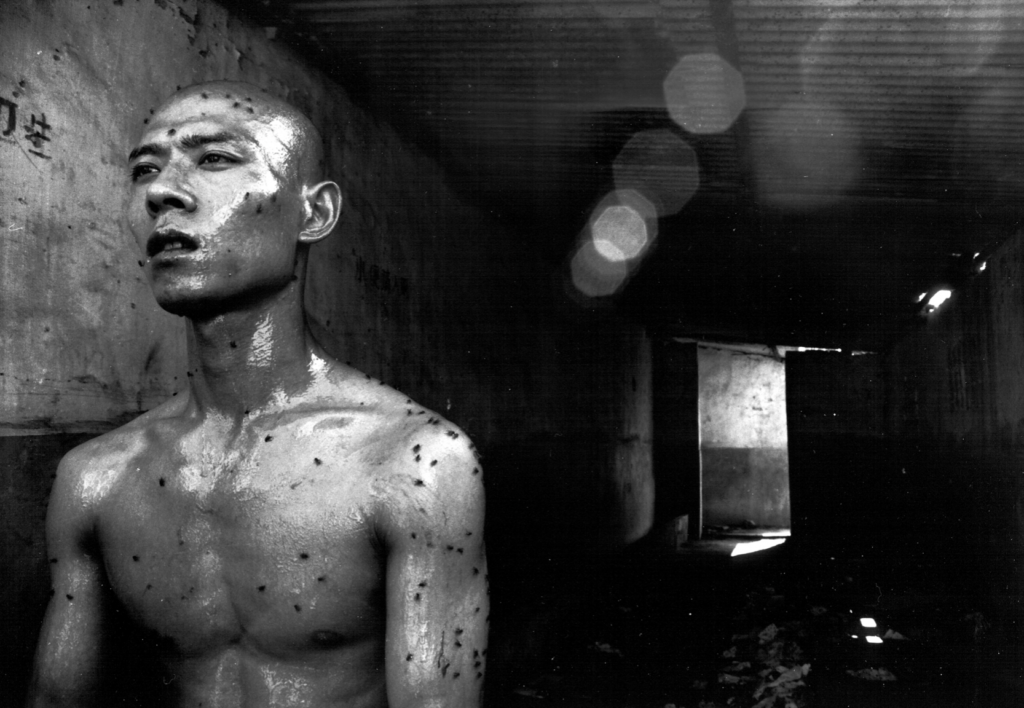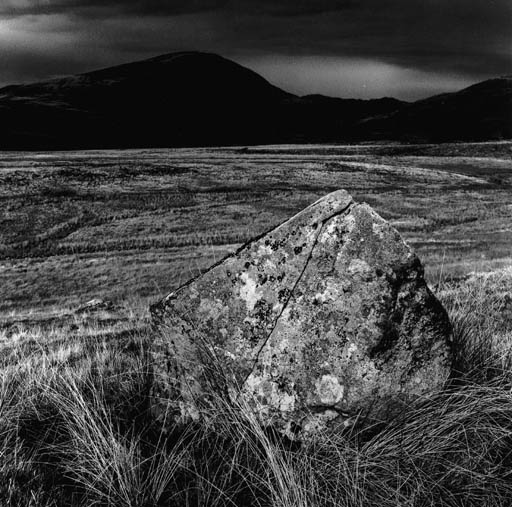FREEDOM : noun –
‘the absence of or release from ties, obligations, etc… ease or facility of movement or action: to enjoy the freedom of living in the country... frankness of manner or speech… the state of being free or at liberty rather than in confinement or under physical restraint… exemption from external control, interference, regulation, etc… the power to determine action without restraint… political or national independence.’
LIMITATION : noun –
‘a limiting condition; restrictive weakness; lack of capacity; inability or handicap… something that limits; a limit or bound; restriction… the act of limiting…the state of being limited.’
”Archibald MacLeish wrote ‘Freedom is the right to choose’. Originally expressed in a political context, this phrase could also sum up many of the fundamental ideas that have inspired artists. For the Fauves it was the right to paint in whatever colours they chose. For the Cubists, the choice was how to depict form and space. In Marcel Duchamp’s ‘Ready-mades’ he chose ordinary objects to be transformed into pieces of artwork. Artists and designers relish the freedom to explore ideas and express their own personality in their work. ”
Things that have/create freedom and have limitations:
• fences, barriers, borders, chains, ropes, binding
• ditches, tidal reaches, city limits
• captivity, confinement, prisons, offices, cells
• stresses, cracks, breaking points
• free expression, political freedoms, debate, discussion, argument, protest
• travel, exploration, independence, leisure, holidays, escape
• running, jumping, falling, swimming, diving
• swirls, marks, gestures, colours
”The shutter and aperture controls of a camera limit the exposure time and depth of field of a photographic image. The compositional limits of the picture frame seen through the viewfinder are also a great source of creative potential. For instance, Alex Webb plays creatively with composition, colour, space and scale. Lee Friedlander used devices such as mirrors to create pictures within pictures in his photographs, simultaneously expanding and limiting our view of the scene. This echoed his wider sense of America as a disjointed place made up of individual and disconnected parts. Henri Cartier-Bresson, Francesca Woodman, and Kate Steciw all use framing in original and expressive ways. The photographer Richard Avedon wrote ‘Start with a style and you are in chains – start with an idea and you are free’.”
types of freedom:
- sexual freedom
- political freedom
- religious freedom
- Freedom of speech
- Freedom of education
- social freedom
ALEX WEBB:
“I only know how to approach a place by walking. For what does a street photographer do but walk and watch and wait and talk, and then watch and wait some more, trying to remain confident that the unexpected, the unknown, or the secret heart of the known awaits just around the corner”
LEE FREIDLANDER:
GRADE SOLOMON:
“Grade Solomon is a Korean-American, fine art photographer currently based in Richmond, Virginia. His work explores the emotions tied to color through conceptual landscapes and dreamlike portraits. Often his images feature mundane but captivating subject matter found throughout suburban & industrial America placed at night. Through his images, Grade creates his own depiction of reality rather than attempting to represent it. Taking inspiration from recurring dreams, distant memories, and emotional experiences such as love, loss, and discomfort.”
I personally really enjoy Solomon’s work. It shows the freedom that light and colour can have on a landscape. He talks about creating dream like images and how dreams have so much freedom to be whatever they want. His images are surreal and full of bright and aesthetic colours.
– finding colour in the dark :
POLITICAL FREEDOM:
Zhang Huan wanted to show how it felt to be caged in a country with few political freedoms. In 2005 he staged a performance where he remained caged in a metal box with only a narrow, keyhole-like slot to receive air and food. The photographer Rong Rong took memorable photographs of this and other performances by Zhang Huan. In The Urge to See Josef Koudelka recorded the exact moment that the short-lived freedom of the Prague Spring uprising came to an end, raising his arm to photograph his watch as Russian tanks rumbled into the city along the street below his apartment. In contrast, Raymond Depardon captured the drama of the fall of the Berlin Wall.
Zhang Huan and Rong Rong:
FREEDOM OF IDENTITY
Lisette Model’s photograph of a woman on the beach at Coney Island in New York demonstrated an early and resolute intention to show people comfortable and free as themselves rather than conforming to preconceived stereotypes. John Coplans, Jo Spence, Diane Arbus, Claude Cahun and Hellen van Meene take photographs that attempt to escape limiting notions of identity. some photographers include:
- Claude Cahun
- Jo Spence
- Lisette
- John Coplans

Jo Spence 
Jo Spence 
Claude Cahun 
claude Cahun 
Self-Portrait (Back with Arms Above) 1984 John Coplans 
John Coplans 
Lisette’s model photography 
Lisette’s model photography 
Lisette’s model photography
TRANSITION: noun:
“movement, passage, or change from one position, state, stage, subject, concept, etc., to another; change: the transition from adolescence to adulthood. a passage from one scene to another by sound effects, music, etc., as in a television program, theatrical production, or the like.”
Joel Meyerowitz
Dimensions of Dialogue
Zanele Muholi
Fay Godwin

